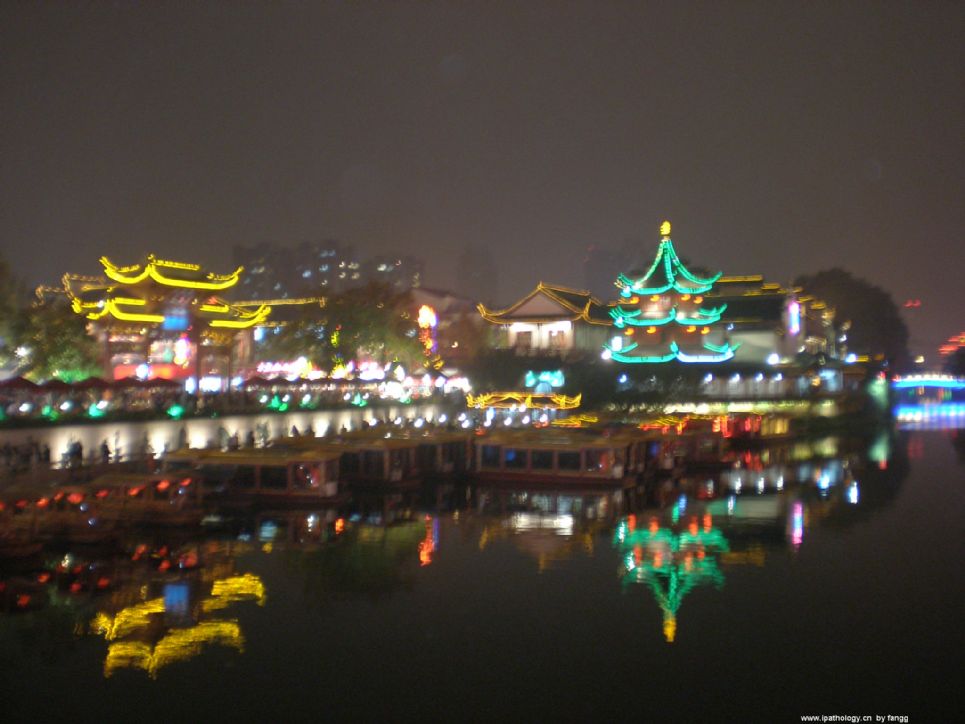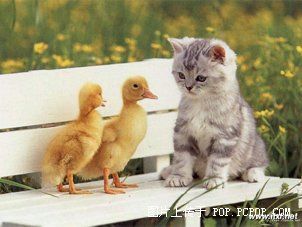| 图片: | |
|---|---|
| 名称: | |
| 描述: | |
- 子宫内膜按日诊断的组织学特征
| 子宫内膜按日诊断的组织学特征 |
| [ 2007-6-5 13:15:00 | By: fangg ] |
| 增殖期 增殖早期(月经周期第4-7天)-表面为再生的上皮,薄;腺体直而短,腺腔狭窄;间 质致密,可见一些分裂象和大的细胞核。 增殖中期(第8-10天)-表面上皮呈柱状;腺体长而弯曲;间质有不同程度的水肿;间质裸核细胞可见大量分裂象。 增殖晚期(第11-14天)-表面上皮呈波浪状;腺体弯曲,生长活跃,呈假复层;中质中等致密,生长仍活跃。 分泌期 排卵后36-48小时——无明显镜下改变。 第16天——上皮细胞开始出现核下空泡 第17天——上皮细胞的核成行整齐排列,核上可见均质的胞浆,核下可见大的空泡。 第18天——空泡体积减小,核靠近细胞基底部。 第19天——几无空泡,腺腔内出现分泌物。 第20天——腺腔内嗜酸性分泌物达到高峰。 第21天——组织出现水肿,相当突然。 第22天——水肿达到高峰 第23天——螺旋小动脉变得十分显著。 第24天——前蜕膜细胞积聚在螺旋小动脉周围。 第25天——表面上皮下也出现前蜕膜细胞 第26天——前蜕膜细胞分化较好,呈实性灶状;可见多形核粒细胞浸润 第27天——多形核粒细胞浸润明显,开始出现灶状坏死和出血。 第28天——坏死和出血显著。 |

- 境随心转
相关帖子
-
liziqiang88 离线
- 帖子:957
- 粉蓝豆:262
- 经验:3935
- 注册时间:2007-03-15
- 加关注 | 发消息
-
jiangxiaoyu 离线
- 帖子:978
- 粉蓝豆:15
- 经验:1226
- 注册时间:2007-10-31
- 加关注 | 发消息
-
longlailiao 离线
- 帖子:122
- 粉蓝豆:477
- 经验:125
- 注册时间:2008-01-02
- 加关注 | 发消息
I will be very careful when you are applying endometrial dating soly based on histopathology, since recent studies have shown that histopathologic endometrial dating is not accurate and not reliable. Therefore, in daily pathology practice, if the patient is not coming for infertility, it is not necessory to give endometrial dating.
I quote the abstract of Dr. Murray's recent publication below for your reference.
A critical analysis of the accuracy, reproducibility, and clinical utility of histologic endometrial dating in fertile women.
Division of Reproductive Endocrinology and Infertility, Departments of Obstetrics and Gynecology, University of North Carolina, Chapel Hill, North Carolina, USA. mmurray@ncfmc.com
OBJECTIVE: To refine or redefine the traditional histologic criteria used to date the secretory phase endometrium. DESIGN: Randomized, observational study. SETTING: Academic clinical research center. PATIENT(S): One hundred and thirty healthy, regularly cycling, fertile volunteers, aged 18 to 35 years. INTERVENTION(S): Patients were randomized to undergo endometrial sampling and measurement of serum estradiol and progesterone 1 to 14 days after the midcycle urinary luteinizing hormone surge. Three gynecologic histopathologists objectively scored each tissue specimen for 32 distinct histologic features and dated the endometrium using traditional histologic criteria. MAIN OUTCOME MEASURE(S): The 32 features were evaluated for [1] temporally dependent variation, [2] the amplitude of variations in score observed across the secretory phase, and [3] interobserver variability. Additionally, traditional dating criteria were analyzed. RESULT(S): The traditional endometrial histologic dating criteria are much less temporally distinct and discriminating than originally described, due to considerable intersubject, intrasubject, and interobserver variability. Neither traditional dating criteria nor any combination of the best performing histologic features identified by our objective and systematic analyses could reliably distinguish any specific cycle day or narrow interval of days. CONCLUSION(S): Histologic endometrial dating does not have the accuracy or the precision necessary to provide a valid method for the diagnosis of luteal phase deficiency or to otherwise guide the clinical management of women with reproductive failure.

- 不坠青云之志,长怀赤子之心












 习了,要是有图就更好了。
习了,要是有图就更好了。 













